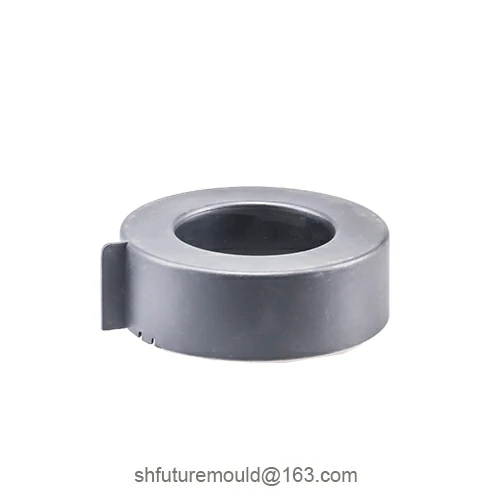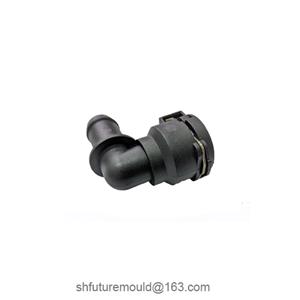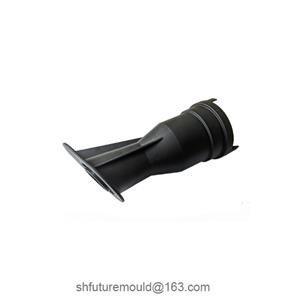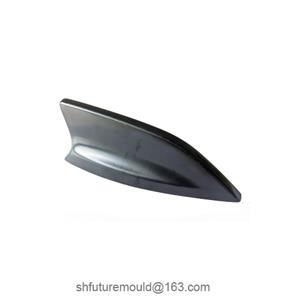Resolving Surface Fogging in Injection Molding
Surface fogging is a common defect in injection-molded products that significantly impacts the appearance and quality of the final product. Numerous factors can contribute to surface fogging, and addressing this issue requires tailored solutions based on the underlying causes.
Causes of Surface Fogging
Material Factors:
Poor resin quality, such as the presence of impurities or moisture.
Insufficient or excessive molecular weight of the resin, leads to changes in crystallinity and orientation.
Inappropriate type or quantity of fillers.
Process Parameter Issues:
Excessive or Insufficient Melt Temperature: High temperatures can cause resin decomposition and gas generation, while low temperatures result in high melt viscosity and poor flow.
Excessive or Insufficient Injection Pressure: High pressure can lead to shear heating and resin decomposition, while low pressure can cause incomplete filling and void formation.
Excessive or Insufficient Injection Speed: High speed can create voids, while low speed can result in excessive cooling time and crystallization.
Excessive or Insufficient Holding Time: Excessive holding time can cause shrinkage, while insufficient time can lead to incomplete filling.
Mold Factors:
Low Mold Temperature: Low mold temperature causes the melt to cool too quickly, promoting crystallization.
Rough Cavity Surface: A rough cavity surface can create scratches and stress concentrations.
Poor Venting: Inadequate venting can trap gases in the cavity, forming voids.
Solutions to Surface Fogging
Material Considerations:
Strictly control the quality of raw materials and select high-quality resins.
Adjust the resin composition to optimize the molecular weight distribution.
Reduce the amount of filler or change the type of filler.
Process Parameter Adjustments:
Optimize injection process parameters by finding the appropriate melt temperature, injection pressure, injection speed, and holding time.
Employ multi-stage injection to reduce melt flow rate and shear heating.
Mold Modifications:
Increase mold temperature to promote melt flow and crystallization.
Improve the surface finish of the cavity to reduce scratches and stress concentrations.
Increase the number and location of vents to ensure proper gas venting from the cavity.
Drying:
Thoroughly dry the resin to reduce moisture content.
Equipment Maintenance:
Regularly maintain and service the injection molding machine to ensure proper operation.
- Injection Mold
- Automotive Injection Mold
- Electronics & Electrical Injection Mold
- Consumer Goods Injection Mold
- Airplane Components Injection Mold
- Medical Components Injection Mold
- Irrigation Components Injection Mold
- Injection Molds




